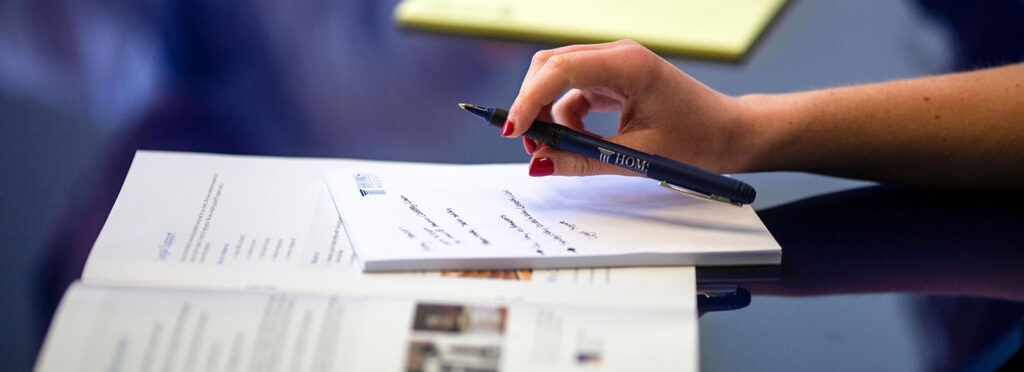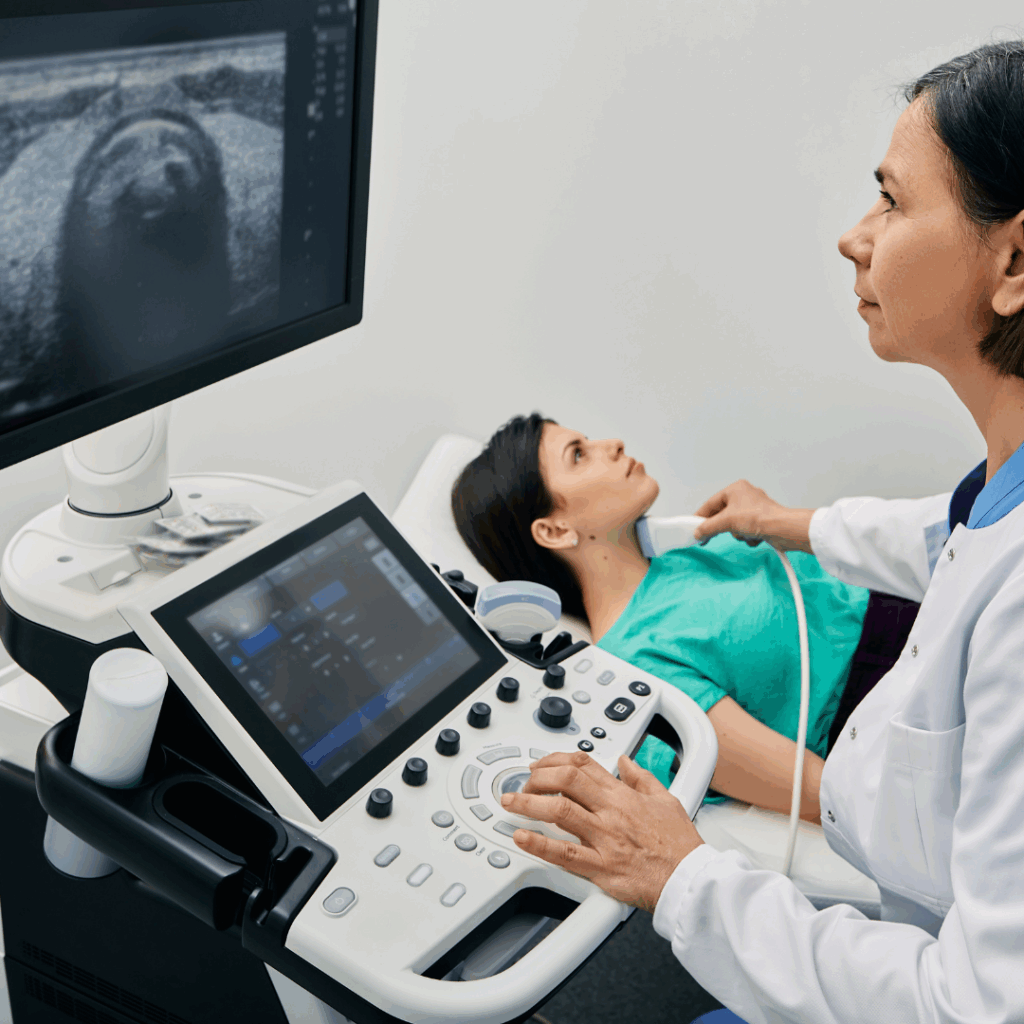“Who is accountable when a product you trust causes harm?”
Product liability is undergoing a transformation, and for individuals who’ve suffered personal injury due to defective products, these changes open new avenues to seek justice and compensation. The recently introduced EU Product Liability Directive has reshaped the legal landscape, balancing technological advancements and consumer safety while adapting to the complexities of 21st-century products, from AI-driven devices to digitally integrated goods.
If you’ve been injured by a defective product, understanding these new regulations is essential. Let’s explore how the Directive builds on decades of legal evolution, tackles persistent challenges, and empowers claimants like you.
A Brief History of Product Liability
Product liability as we understand it today is rooted in the famous case Donoghue v Stevenson (1932), which first introduced the concept of suing manufacturers for negligence. This was a groundbreaking moment, but proving negligence remained an uphill task for claimants. The EC Directive on Products Liability (1985) introduced a strict liability framework, eliminating the need to prove negligence. However, decades later, claimants still faced complications, such as narrow definitions of “product” and burdensome evidentiary requirements.
Fast-forward to 2024, and we now have a new Product Liability Directive tailored to meet the demands of a rapidly evolving market. Here’s why this matters for claimants seeking justice.
Key Changes in the New Directive and Their Impact on You
The updated EU Product Liability Directive reflects the realities of modern product use, particularly in terms of digital integration and emerging technologies. Here’s how it works to your advantage:
1. Expanded Definition of “Product”
Digital content and software are now included in the scope of liability. Whether it’s a faulty AI tool or a software update that compromises safety, you have a clearer path to claim compensation. For instance, if a medical device malfunctions due to a buggy update, the software developer could now be held liable.
Example: A fitness tracking app that sends inaccurate health alerts could be deemed defective under the new rules.
2. Shift in the Burden of Proof
One of the most significant updates is the introduction of pro-claimant measures in highly technical cases. If your case involves complex technologies or scientific data, the Directive now allows presumptions in your favour. This reduces the evidentiary hurdles that were previously insurmountable for many claimants.
How this helps: Imagine you’re injured by an autonomous vehicle. You no longer need to prove how its self-driving algorithm failed. Instead, the manufacturer must prove that it wasn’t defective.
3. Extended Time Limits
The time limit for initiating claims has been increased from 10 to 15 years, providing more flexibility, especially for injuries that take years to surface—such as health issues linked to long-term product use.
Case in point: If you developed a condition years after prolonged exposure to hazardous materials, this extension could be the lifeline your claim needs.
4. Liability Across the Supply Chain
Now, it’s not just the manufacturer who can be held accountable. Importers, distributors, fulfilment service providers, and even online platforms may bear liability if they’re unable to identify a responsible economic operator. This ensures there is always a party within the EU that can be pursued for damages.
Example: If you purchase a faulty product via an online marketplace, and the platform fails to identify the manufacturer, the platform itself could be held liable under certain conditions.
5. Evolving Definitions of “Defect”
The Directive incorporates factors like self-learning AI and interconnected systems when assessing a product’s safety. This is particularly relevant in the age of IoT (Internet of Things) devices, where functionality often depends on how products interact with one another.
What this means: A smart home device that erroneously triggers a fire alarm due to connectivity issues could qualify as defective, entitling you to compensation.
6. Compensation for Psychological Harm and Data Loss
Alongside physical injuries, the Directive now explicitly allows claims for psychological harm and data loss, broadening the scope of compensable damages.
Example: If a defective app causes you to lose critical personal data or significant mental stress, you may seek redress under the new regulations.
Addressing Ongoing Challenges in Product Liability
Despite these advancements, challenges remain. Let’s unpack them and present solutions that work for you as a claimant:
- Evidentiary Gaps in Complex Cases
Solution: Engage legal professionals who specialise in navigating evidentiary challenges under the new directive. Their expertise can help structure your case to meet the Directive’s pro-claimant tendencies.
- Digital Product Failures and Enforcement
Solution: Strengthen your claim with thorough documentation, including screenshots, error messages, purchase receipts, and expert opinions.
- Lack of Awareness Among Claimants
Solution: Stay informed. Resources like HOMS Assist’s detailed guides and consultations ensure you have access to all the necessary information.
Explore more in HOMS Assist’s article on transitioning to the new EU rules here.
Why This Matters for You
The Directive clearly signals that manufacturers, distributors, and platforms must be held accountable, but your rights as a claimant hinge on timely action and informed decisions. Every personal injury case is unique, and understanding how these laws apply to your situation allows you to fully exercise your rights.
For instance, claimants in the talcum powder cases are pursuing justice against a trusted brand accused of neglecting consumer safety. The outcomes here underline the importance of engaging with skilled legal professionals in product liability disputes.
Read more about Talcum Powder cases here.
Next Steps: Reclaiming Your Rights
If you’ve suffered harm from defective products—whether it’s a faulty household device, unsafe cosmetic product, or malfunctioning digital gadget—you don’t have to shoulder this alone. Here’s what you can do right now:
- Document Everything: Preserve receipts, packaging, medical reports, and any other evidence related to your injury or the defective product.
- Understand the Laws: Familiarise yourself with your rights under the new Directive.
- Seek Legal Advice: Consult professionals who specialise in product liability to evaluate your case and represent your interests.
At HOMS Assist, we pride ourselves on employing a compassionate yet determined approach to ensure our clients receive the justice and compensation they deserve.
Don’t wait—schedule a consultation with our expert team today. With rapidly evolving legal frameworks, acting now can make all the difference to your case’s success.
Your Future. Your Rights. Take Action Today.
Contact Us Now to discuss your product liability claim with expert solicitors who care.









